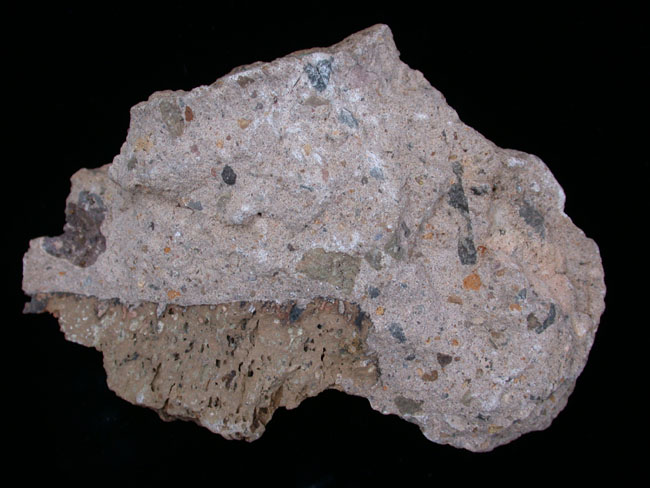Pages 56-67
Return to History 8 Environment Bone From a Dry Sea
Place change is the evolution of an area. Place change is conveyed in the book A Bone From a Dry Sea when Vinny climbs a hill staring at the dry desert, "Looking back over the gray, roasting desert she tried to imagine it when it had been a marshy lake, streaming under this sun, with rivers running in and pigs rooting in the reed beds, and other creatures, creatures who were almost people, perhaps, making their camp at the water's edge ..." (56). This is an example of place change. It was once a lake, filled with water and animals and has evolved into a dry, sandy desert with nearly no water.
The Law of Superposition, created by Charles Lyell, states that there are layers of the Earth. Youngest at the top and oldest at the bottom, much like a cake. The cake is made, icing is put on, then the decorations or candles are placed on top. Superposition is portrayed when Dr. Hamiska pointed out the layering in the rocks. "You see this layering, how it's tiled? The gray band? That's tuff- remeber? ... If it turns up elsewhere in the area I shall know where it comes in the sequence. Now I'm going to see if I can hack out some good unweathered crystal from the tuff" (56). Dr. Hamiska points out the layering of the Earth to Vinny showing her the order of the old and new layers.

Sources: Origins Manual page 9
A Bone from a Dry Sea by Peter Dickinson page 56
Read more about superposition here: http://academic.brooklyn.cuny.edu/geology/leveson/core/topics/time/froshlec8.html
Picture:https://www.studyblue.com/notes/note/n/anthr-202-study-guide-2013-14-graf/deck/8694151
- Sara Doyle
10. Fossilization
Fossilization is the way fossils are formed. Fossilization occurs when an animal dies in a place where lots of sediments can be deposited, usually in a lake or river, because if nothing is deposited on the bones than fossils can't be formed. After the river dries up, what was once the riverbed is revealed and the fossils can then be discovered by a geologist.

A Bone from a Dry Sea by Peter Dickinson, pages 52-53
Image Link[1]
- Cooper Hay
11. Define tuff Tuff is a layer of fossilized ash from a volcanic eruption that is usually of felsic composition. Tuff is useful because it gives clues about volcanic activity in the past,and because it can be used to date rocks. Tuff can be used to date rocks because feldspar crystals, which are often found inside tuff layers, contain an unstable isotope of potassium that can then be dated using radiometric dating. Once the archeologists have a date for the fossils, they can then infer that the surrounding fossils are also the same age.

A Bone from a Dry Sea, by Peter Dickinson, Page 56
http://education.nationalgeographic.com/media/dating-fossils-rocks/
http://www.pitt.edu/~cejones/GeoImages/2IgneousRocks/IgneousTextures/9Pyroclastic.html
Image Link: [2]
- Cooper Hay
12. Archaeological process The archaeological process of superposition was found through out the pages. The act on which older materials are found lower in the ground was present. The lower the diggers dug, the older the artifacts were. This is a prime example of the law of superposition.

-Will Leger
Picture link[3]